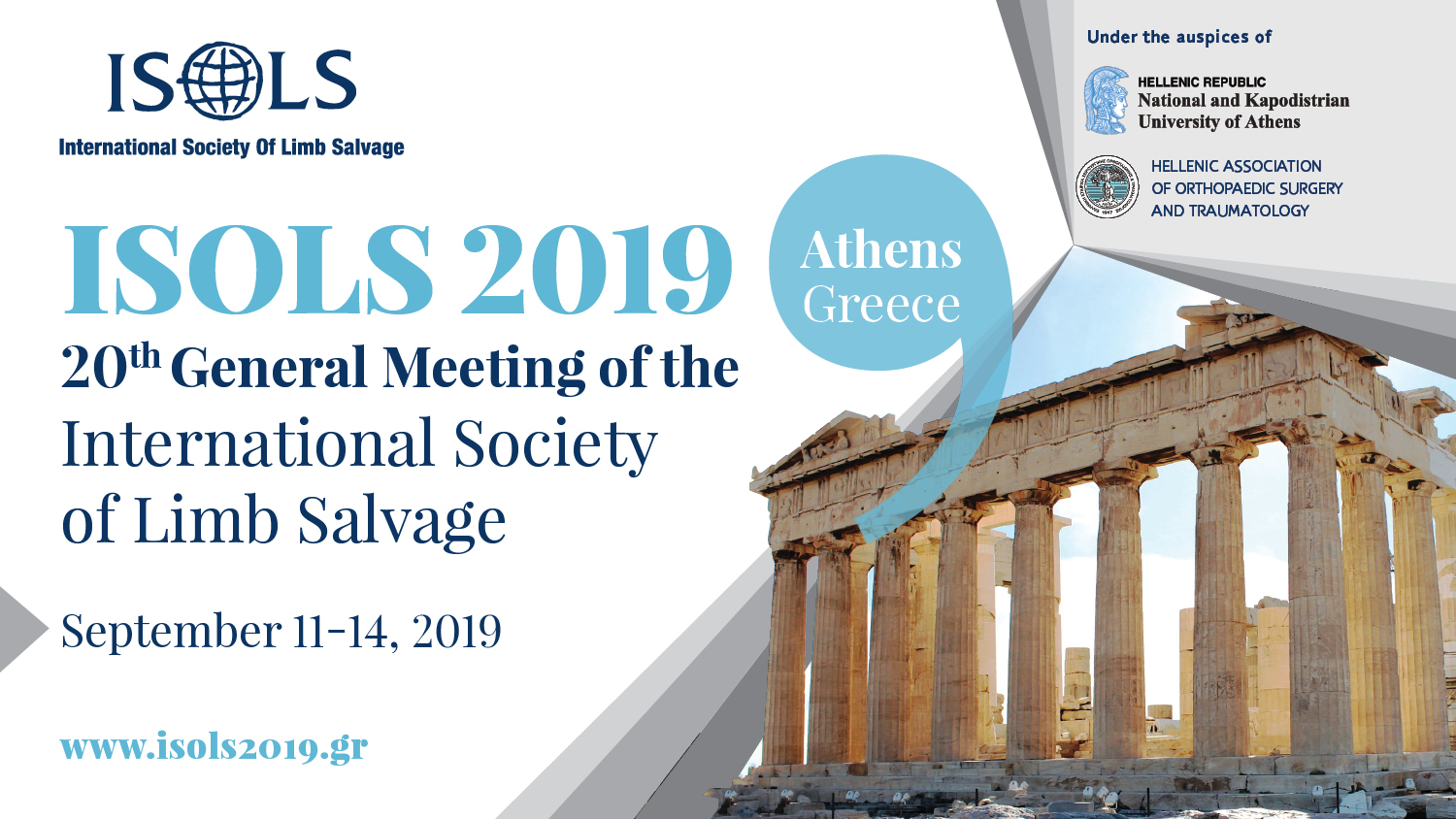Reconstruction of the extensor mechanism after major knee resection.
Orthopedics. 2012 May;35(5):e672-80. doi: 10.3928/01477447-20120426-21.
Mavrogenis AF, Angelini A, Pala E, Sakellariou VI, Ruggieri P, Papagelopoulos PJ.
In periarticular knee resections, the relative lack of soft tissue coverage and need to reattach the extensor mechanism after en bloc resection of the tibial tuberosity with the tumor specimen complicate reconstructions and decrease postoperative function and stability of the knee joint. Distal femoral reconstructions are less problematic; muscular attachments are relatively few, neurovascular structures are not immediately adjacent to bone, and the knee extensor mechanism is usually not compromised from bone tumors. In the proximal tibia, the close proximity of the neurovascular structures in the popliteal fossa and peroneal nerve at the lateral aspect of the leg make reconstruction more difficult. Poor function is mostly related to unreliable options for knee extensor mechanism reattachment and poor soft tissue coverage. Successful and reliable attachment of the soft tissues has been a significant advance that improved functional outcomes.This article describes techniques for the reconstruction of the extensor mechanism of the knee after proximal tibia resections. Combined reconstruction techniques using direct reattachment of the patellar tendon with synthetic materials to megaprosthetic or allograft reconstructions for immediate stability, augmentation with autologous bone graft or substitutes at the attachment site, and coverage with the medial gastrocnemius muscle flap and supplementary flaps for long-term stability of the reattachment are currently considered the gold standard.
Mavrogenis AF, Angelini A, Pala E, Sakellariou VI, Ruggieri P, Papagelopoulos PJ.
In periarticular knee resections, the relative lack of soft tissue coverage and need to reattach the extensor mechanism after en bloc resection of the tibial tuberosity with the tumor specimen complicate reconstructions and decrease postoperative function and stability of the knee joint. Distal femoral reconstructions are less problematic; muscular attachments are relatively few, neurovascular structures are not immediately adjacent to bone, and the knee extensor mechanism is usually not compromised from bone tumors. In the proximal tibia, the close proximity of the neurovascular structures in the popliteal fossa and peroneal nerve at the lateral aspect of the leg make reconstruction more difficult. Poor function is mostly related to unreliable options for knee extensor mechanism reattachment and poor soft tissue coverage. Successful and reliable attachment of the soft tissues has been a significant advance that improved functional outcomes.This article describes techniques for the reconstruction of the extensor mechanism of the knee after proximal tibia resections. Combined reconstruction techniques using direct reattachment of the patellar tendon with synthetic materials to megaprosthetic or allograft reconstructions for immediate stability, augmentation with autologous bone graft or substitutes at the attachment site, and coverage with the medial gastrocnemius muscle flap and supplementary flaps for long-term stability of the reattachment are currently considered the gold standard.

